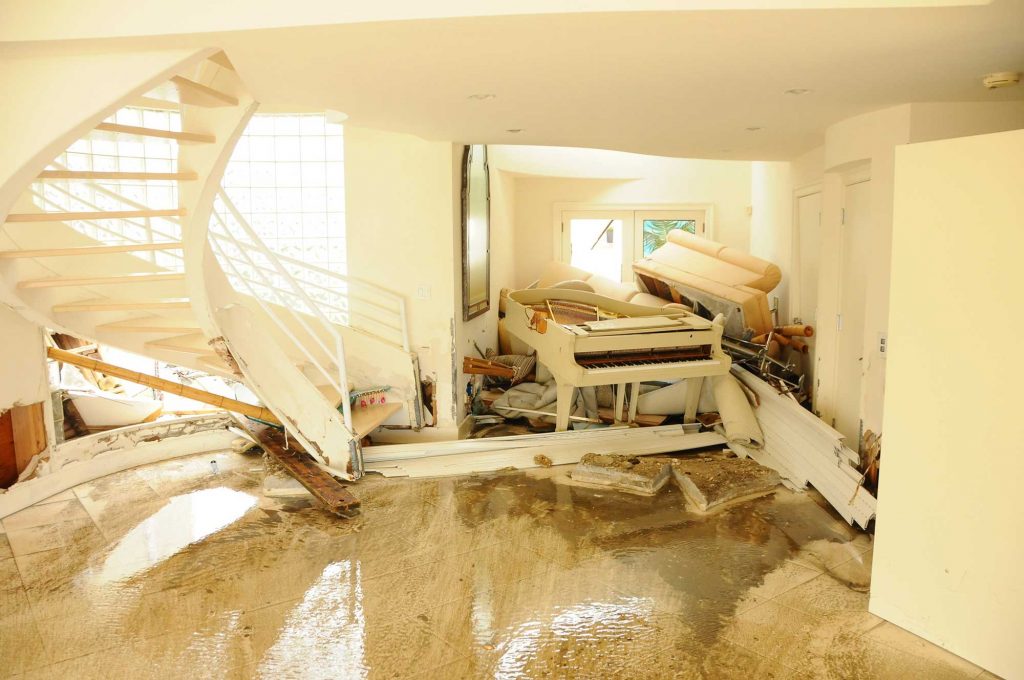Water Damage Restoration Pittsburgh

Water Damage Repair in Pittsburgh PA is a crucial service needed to restore properties after water-related incidents like floods, leaks, or burst pipes. Here’s a comprehensive guide on how to approach water damage repair:
- Safety First: Before entering a water-damaged area, ensure that it’s safe to do so. Turn off the electricity and wear protective gear such as rubber gloves and boots to avoid electrical hazards and contact with contaminated water.
- Assessment: Evaluate the extent of the water damage. Determine the source of the water, whether it’s clean water (from pipes, rain, etc.), gray water (from appliances), or black water (sewage). Assess the affected areas and make note of any structural damage or safety hazards.
- Water Extraction: Remove standing water as quickly as possible using pumps, wet-dry vacuums, or other water extraction equipment. The longer water sits, the more damage it can cause to structures and belongings.
- Moisture Detection: Use moisture detection tools like moisture meters or thermal imaging cameras to identify hidden pockets of moisture within walls, floors, and ceilings. Addressing hidden moisture is crucial to prevent mold growth and further damage.
- Drying: Thoroughly dry the affected areas using industrial-grade air movers and dehumidifiers. Proper drying is essential to prevent mold growth and structural deterioration. Monitor moisture levels regularly until they return to normal.
- Disinfection and Sanitization: Clean and disinfect all affected surfaces to remove contaminants and prevent microbial growth. Use EPA-approved disinfectants and follow recommended protocols for sanitization.
- Content Restoration: Assess and salvage any salvageable belongings or contents affected by water damage. Clean and disinfect items as necessary and determine if any items need specialized restoration services.
- Structural Repair: Address any structural damage caused by water, such as warped floors, deteriorated drywall, or weakened supports. Repair or replace damaged structural components to restore the integrity of the building.
- Mold Remediation: If mold is present, hire a qualified mold remediation specialist to safely remove and remediate mold contamination. Mold can pose serious health risks and should be addressed promptly and professionally.
- Preventive Measures: Implement preventive measures to mitigate the risk of future water damage, such as repairing leaks, improving drainage, and installing sump pumps or moisture barriers.
- Documentation: Keep detailed records of the water damage repair process, including photographs, invoices, and communication with contractors and insurance providers. This documentation may be needed for insurance claims or future reference.
- Professional Assistance: Consider hiring a reputable water damage restoration company with experience and expertise in handling water damage repair projects. Professional restoration companies have the equipment, knowledge, and resources to effectively mitigate water damage and restore properties to pre-loss condition.
By following these steps and seeking professional assistance when needed, you can effectively address water damage and restore your property to a safe and habitable condition.




